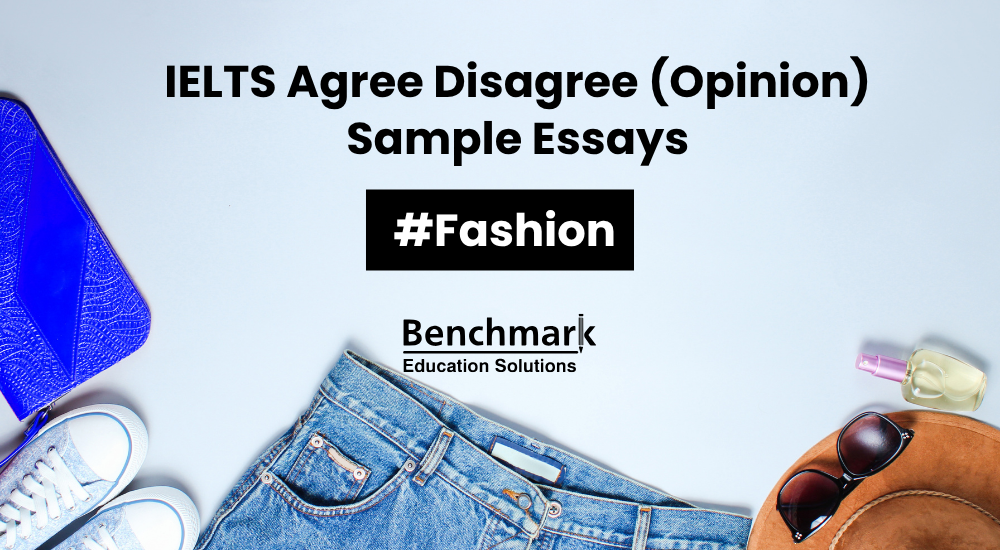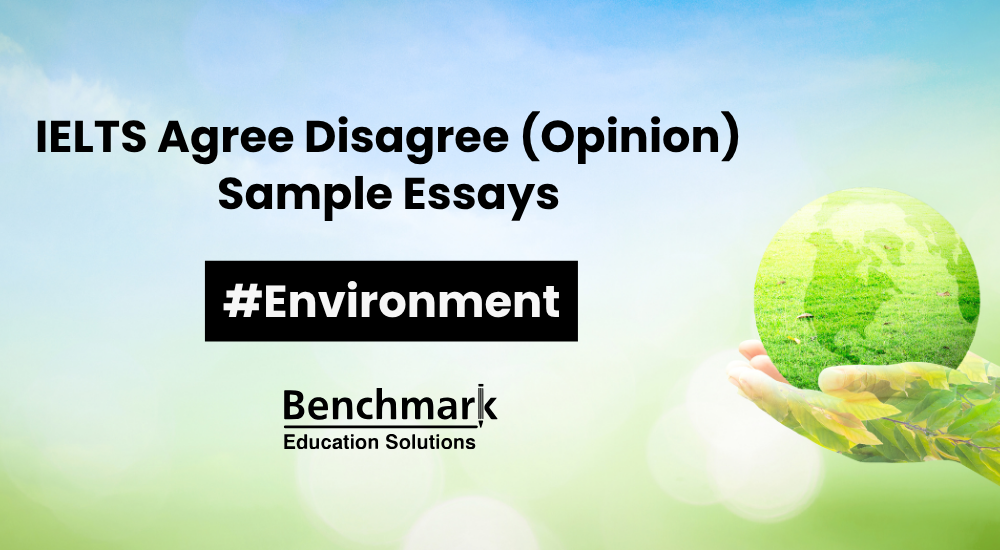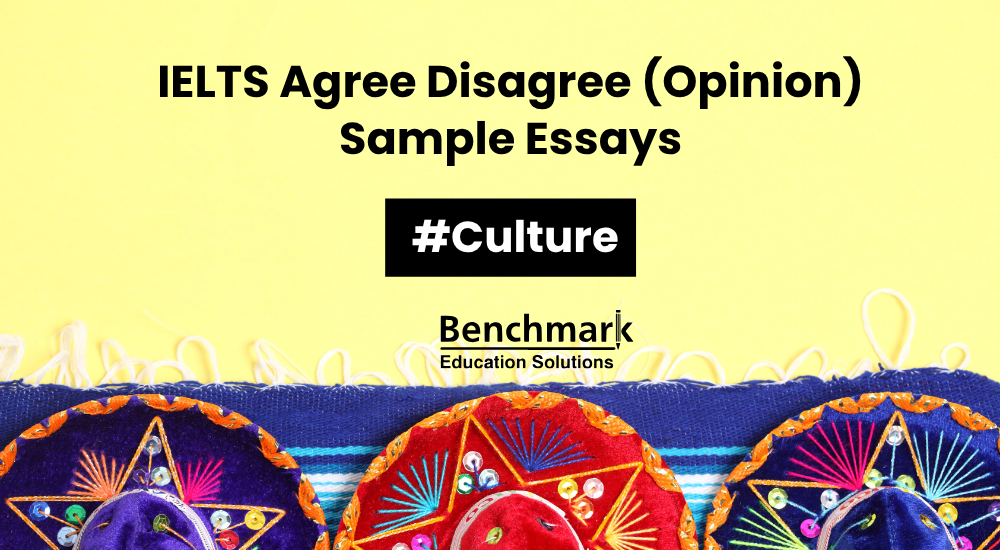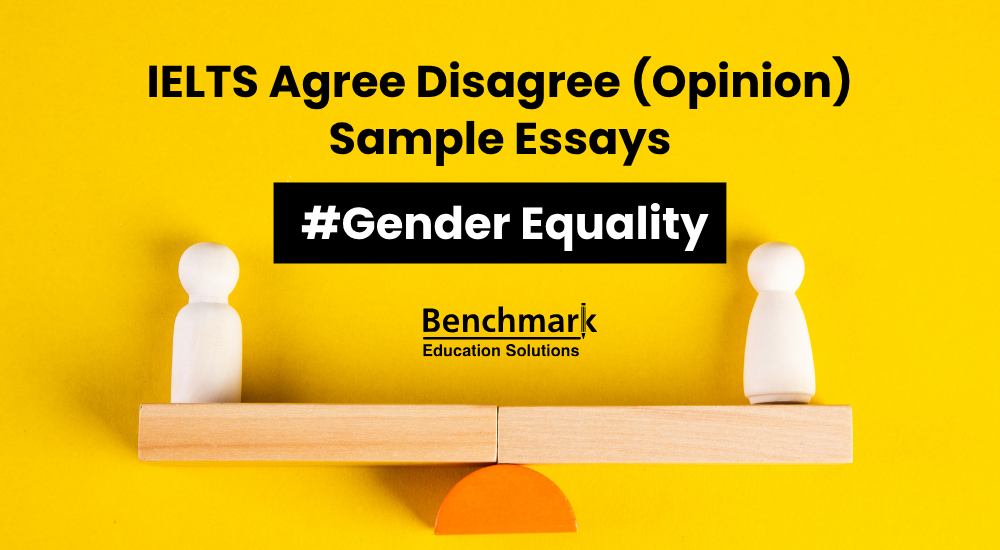Fashion in IELTS Writing Task 2: Agree or Disagree Essay Samples
- 0 Comments


Fashion-related topics often appear in the IELTS Academic Writing Task 2, exploring how clothing reflects personality, social status, or cultural identity. Students may be asked to discuss the impact of fast fashion, the influence of celebrities and media, the role of school uniforms, traditional vs modern clothing, or ethical concerns in the fashion industry. These essays require critical thinking about trends and their broader implications. Practising with examples and developing clear opinions can help candidates write more effectively.Use Benchmark IELTS Writing Correction service to write error-free IELTS Essays, Letters & Reports.
Essay Topics
Task 1
Humans tend to copy one another, especially in fashion, choice of clothes and other consumer goods. To what extent do you agree or disagree?
How to approach the essay:
Understand that the question explores why people imitate others in fashion and consumer goods. You can agree, but focus your argument on how this behavior is often shaped by social pressure more than personal choice.
| Reasons for Copying Others | Examples and Situations |
|---|---|
| • Desire for social acceptance and pride in affording similar goods • Influence of celebrities on fashion choices • Societal or professional expectations override personal preferences | • Buying designer clothing, luxury vehicles to match peers • Fans imitating celebrities like Rihanna to feel trendy • Dress codes in workplaces, luxury vehicles for senior executives as status markers |
Model AnswerIt is a fact that individuals often copy one another, particularly when it comes to fashion and consumer goods. While I agree that this tendency exists, I believe that it is driven more by societal pressure than by individual choice.
People usually buy similar products to feel accepted by their social groups. This not only creates feelings of acceptance among peers but also provides individuals with a sense of pride in their ability to afford comparable items, ranging from designer clothing to luxury vehicles. In addition, seeing friends wear a certain style often inspires others to follow suit and make similar fashion choices. When celebrities like Rihanna launch a new clothing line or are seen wearing bold designer outfits, many fans and fashion enthusiasts try to replicate her look to stay trendy and feel connected to the style of someone they idolize.
On the other hand, some situations require people to follow certain standards, even if it’s not their personal preference. A good example of this is the dress code enforced in professional environments. To convey professionalism, employees are often required to adhere to specific attire, regardless of their personal inclinations towards fashion. Similarly, possessing a vehicle from a particular luxury segment can serve as a marker of status within the workplace hierarchy, as senior executives are frequently provided with better cars to set them apart from their junior counterparts, whether they actually want such cars or not.
In conclusion, while it is evident that individuals tend to imitate one another, the motivations behind this behavior are multifaceted. Beyond simply wanting to fit in or show financial success, many people feel pressure—especially in professional settings—to follow certain trends in clothing and lifestyle.
Commentary
Essay Question: Humans tend to copy one another, especially in fashion, choice of clothes and other consumer goods. To what extent do you agree or disagree?Introduction
Clarity: The topic is introduced clearly and concisely.
Thesis: The writer expresses a clear opinion — they agree copying happens, but emphasize that it’s largely due to societal pressure, not personal preference.
Body Paragraphs
Main Ideas:
Paragraph 1:
• People copy others to feel socially accepted.
• Pride in owning similar luxury goods (e.g., clothes, cars).
• Influence of celebrities like Rihanna in shaping trends.
Paragraph 2:
• Certain environments require conformity (e.g., workplace dress codes).
• Luxury cars used as status symbols in corporate culture.
Coherence:
• Each paragraph stays focused on one side of the argument.
• Logical flow between personal/social reasons and professional pressures.
• Transitions are smooth and ideas build progressively.
Conclusion
• Summary: Effectively sums up both body paragraphs.
• Opinion: Clearly reinforces the writer’s stance that social and professional pressures are the main reasons people copy others.
Vocabulary & Grammar
High-Level Vocabulary:
• Societal pressure – external expectations from society.
• Fashion enthusiasts – people passionate about clothing trends.
• Status within the workplace hierarchy – one’s position or level in a company.
• Adhere to specific attire – follow a required dress code.
• Multifaceted – having many sides or reasons.
Academic Phrases:
• “It is a fact that…”
• “A good example of this is…”
• “This not only… but also…”
Complex Sentences:
• “While I agree that this tendency exists, I believe that it is more driven more by societal pressure than by individual choice.”
• “To convey professionalism, employees are often required to adhere to specific attire, regardless of their personal inclinations towards fashion.”
Task 2
More and more people are finding it increasingly important to wear fashionable clothes. Is this attitude of wearing clothes a positive or a negative development?
How to approach this IELTS Task 2 essay:
Begin by identifying the core issue: people increasingly value wearing fashionable clothes. Decide I f you see this as mostly positive or negative.
| Economic Benefits of Fashion Trends | Personal Benefits of Fashion Trends |
|---|---|
| • Increases demand for clothing, creating more job opportunities • Supports broader economic growth (e.g., hospitality, tourism) • Examples: Paris and Milan grew wealthier through investment in fashion industries and fashion weeks | • Boosts self-esteem and confidence • Helps individuals succeed in tasks like job interviews • Research shows 82% of UK shoppers buy clothes to enhance appearance and feel successful |
Use real-world examples to strengthen your argument.
Model Answer
These days more and more people are choosing to wear clothes that follow the latest fashion trends. This essay argues that this growing interest in fashionable attire is a positive development, as it not only stimulates national economies but also enhances individuals’ well-being.
Firstly, the economy of a country can experience significant growth when more individuals seek out contemporary fashion. The greater the demand for new clothing, the more likely fashion companies are likely to create new job opportunities, thereby reducing unemployment rates within society. Consequently, people will have more disposable income to spend on various products and services, which supports the growth of other sectors like hospitality and tourism. For instance, Paris and Milan, both renowned as fashion capitals, have bolstered their economies by investing in the fashion industry and providing jobs in areas such as design, tailoring, and retail. Since the launch of their fashion weeks, these cities have become two of the wealthiest in the world.
Another point to consider is that wearing fashionable clothing can significantly enhance an individual’s sense of well-being. Stylish clothes can boost self-esteem and instill confidence, helping people take on tasks they might otherwise find daunting, such as attending a job interview. As a result, individuals may develop self-love and a positive self-image, leading to increased happiness and higher serotonin levels. For example, research conducted by the British fashion industry revealed that 82% of the UK population shop for clothes specifically to improve their appearance and feel more successful.
In conclusion, I am convinced that the increasing focus on fashionable clothing is a beneficial development, as it not only boosts the economy but also enhances personal well-being and self-confidence.
Commentary
Essay Question:
More and more people are finding it increasingly important to wear fashionable clothes. Is this attitude of wearing clothes a positive or a negative development?
Introduction
Clarity:
• The topic is clearly introduced, stating that the growing interest in fashion is a positive development.
Thesis:
• The thesis clearly expresses the writer’s stance, arguing that the trend of wearing fashionable clothes benefits both the economy and individual well-being.
Body Paragraphs
Main Ideas (Pros/Cons):
Paragraph 1:
• Fashion stimulates economic growth (job creation in fashion industry).
• Demand for clothing supports other sectors (e.g., hospitality, tourism).
• Example: Paris and Milan as fashion capitals, boosting their economies.
Paragraph 2:
• Fashionable clothes boost self-esteem and confidence.
• Stylish attire helps with tasks like job interviews.
• Example: 82% of UK consumers shop to improve appearance and success.
Coherence:
• Both body paragraphs are logically organized with smooth transitions.
• The points are well-developed, with clear examples to support the writer’s arguments.
• The essay is balanced, presenting a clear link between the trend and its positive outcomes for both the economy and individuals.
Conclusion
Summary:
• The conclusion effectively restates the key ideas, summarizing the economic and personal benefits of fashionable clothing.
• The writer’s opinion is clearly reflected, reinforcing that the trend is positive.
Vocabulary & Grammar
High-Level Vocabulary:
• Stimulates (encourages growth)
• Boosts (improves or increases)
• Instil (to gradually put a feeling or idea into someone’s mind)
• Serotonin (a chemical in the brain that affects mood and happiness)
• Tailoring (the profession of making or altering clothes)
Academic Phrases:
• It not only… but also…
• To consider…
• Research conducted by…
Complex Sentences:
• The greater the demand for new clothing, the more likely fashion companies are likely to create new job opportunities, thereby reducing unemployment rates within society.
• As a result, individuals may develop self-love and a positive self-image, leading to increased happiness and higher serotonin levels.
More Articles
Environment in IELTS Writing Task 2: Agree or Disagree Essay Samples
In the Academic IELTS Writing Task 2, environment-related essay topics are quite common and often focus on global challenges and
Culture in IELTS Writing Task 2: Agree or Disagree Essay Samples
Culture-related essay topics are frequently seen in the IELTS Academic Writing Task 2 and often focus on the interaction between
Crime and Security in IELTS Writing Task 2: Agree or Disagree Essay Samples
Crime and security are common themes in IELTS Academic Writing Task 2, often focusing on how societies address criminal behavior
IELTS Agree or Disagree Essay: Gender Equality Topics with Sample Answers
Gender equality is a frequent theme in IELTS Academic Writing Task 2, often requiring candidates to explore social roles, workplace








